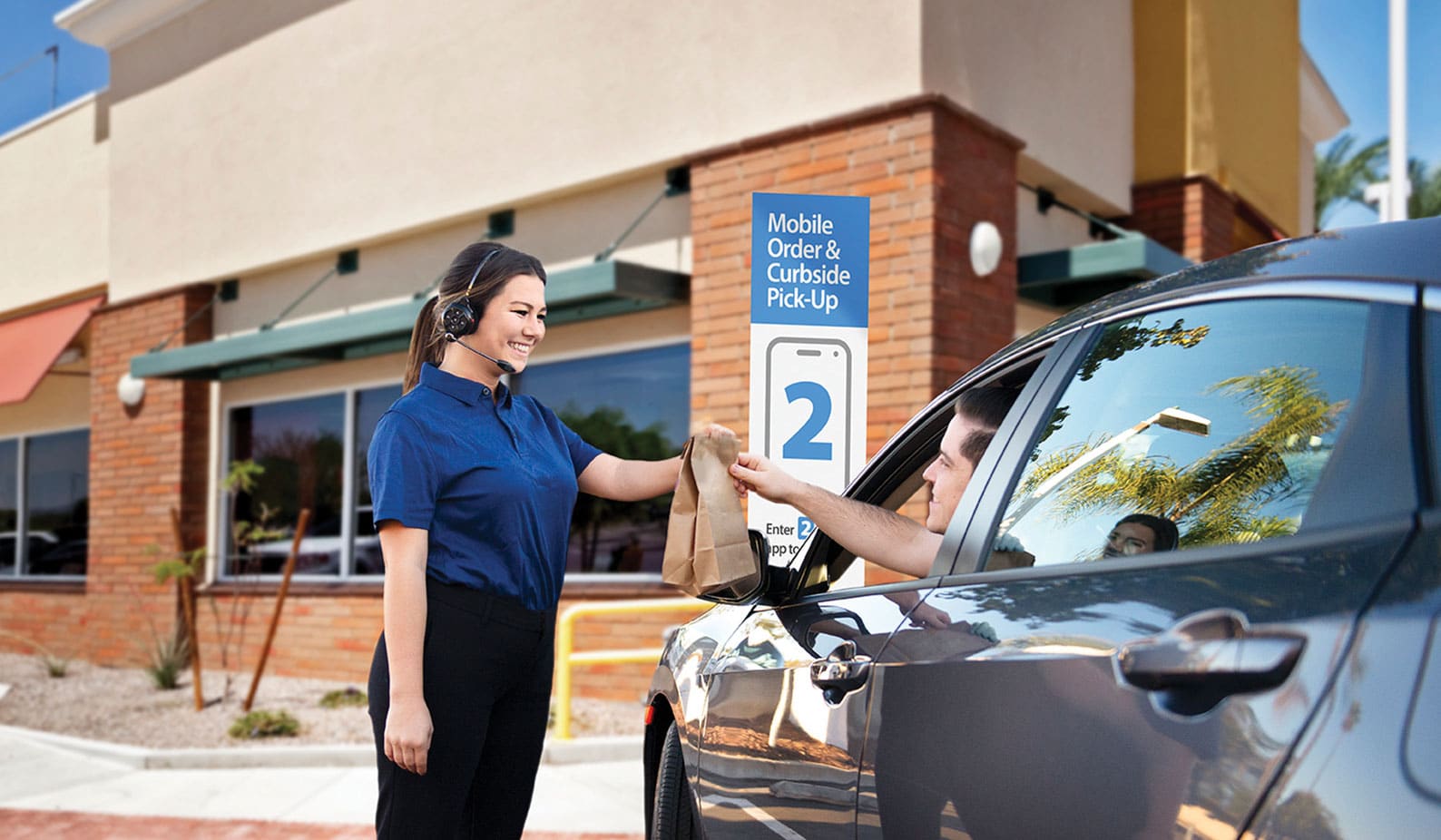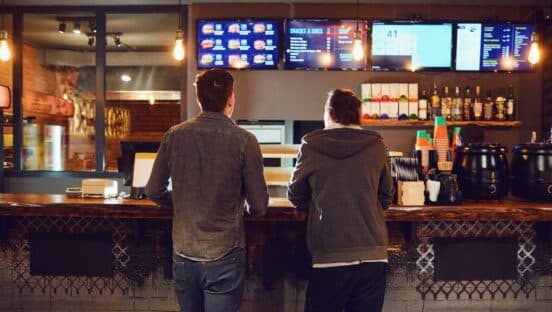The restaurant industry is evolving faster than ever before. In just the last few months, fast-casual brands tested and implemented new drive-thru operations. Quick-service restaurants expanded their curbside and mobile order options. Ghost kitchens gained traction and began popping up around the country.
“Restaurants needed to reexamine their operations to determine the best modifications that would help them continue running their businesses in the midst of a global pandemic,” says Paul Foley, president of HME Hospitality and Specialty Communications. “But the question remains, what kind of technological enhancements can we expect to see?”
To manage safe social distancing, many brands ventured out of their operational norms. And as the need to evolve increases, so does the need for smart technology that can grow and evolve with your business.
“It’s no longer about needing either drive-thru communication or in-store communication. For optimal efficiency and productivity these days, a total solution is needed,” Foley says.
The days for a total restaurant communication solution are rapidly approaching. Restaurant technologies are, too, rapidly evolving to best support the ever-changing industry. Among the features to keep an eye out for, Foley suggests voice commands, one-to-one and group communication, cloud integrations, and AI-driven ordering.
For example, McDonald’s and Sonic have both made significant AI investments, including investments in voice ordering automation, which redeploys employees to more direct guest service roles while also increasing drive-thru speed. Meanwhile, McDonald’s even went so far as to acquire AI company Dynamic Yield and voice-tech company Apprente in 2019, strengthening its bet that AI will play a critical role in the future of the quick-service industry.
“We have normalized voice-enabled devices in our homes and offices, and they truly do make life easier. This technology is now poised to make a breakthrough in the restaurant space, too,” Foley says. Voice commands will make the crew’s job easier by coaching them through complex recipes and helping with more common functions, like collaborating with a coworker. Ultimately, voice commands will help keep the work momentum going as crews stay on task to better serve customers.
More than just investing in new equipment, Foley suggests looking for a solution with cloud connectivity. A platform that can connect to the cloud will ensure that your restaurant is always up to date on the newest enhancements available.
With so many changes taking place across the industry, the key will be seamless communication that connects all areas of your business. “The restaurant communication solution of tomorrow will keep everyone on your team connected to provide faster, better service to every customer at every order pickup location,” Foley says. “The needs of the industry are changing, and so is the technology that supports it.”
To learn more about integrating seamless communication into your restaurant, visit HME.COM/QSR













